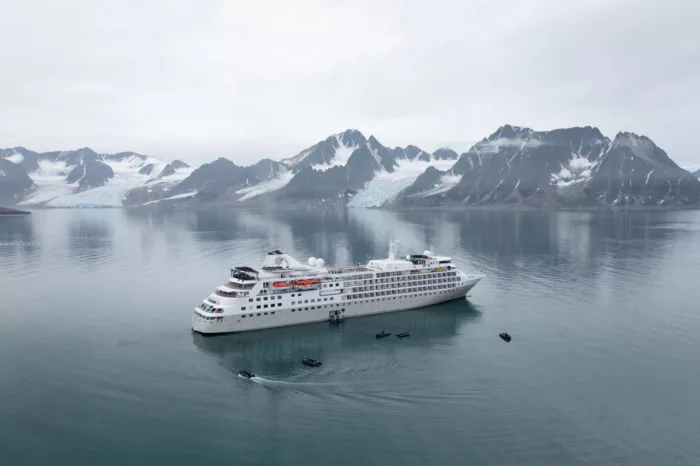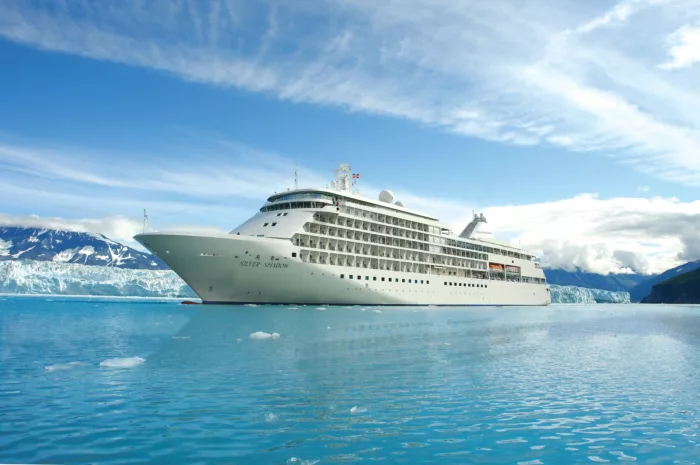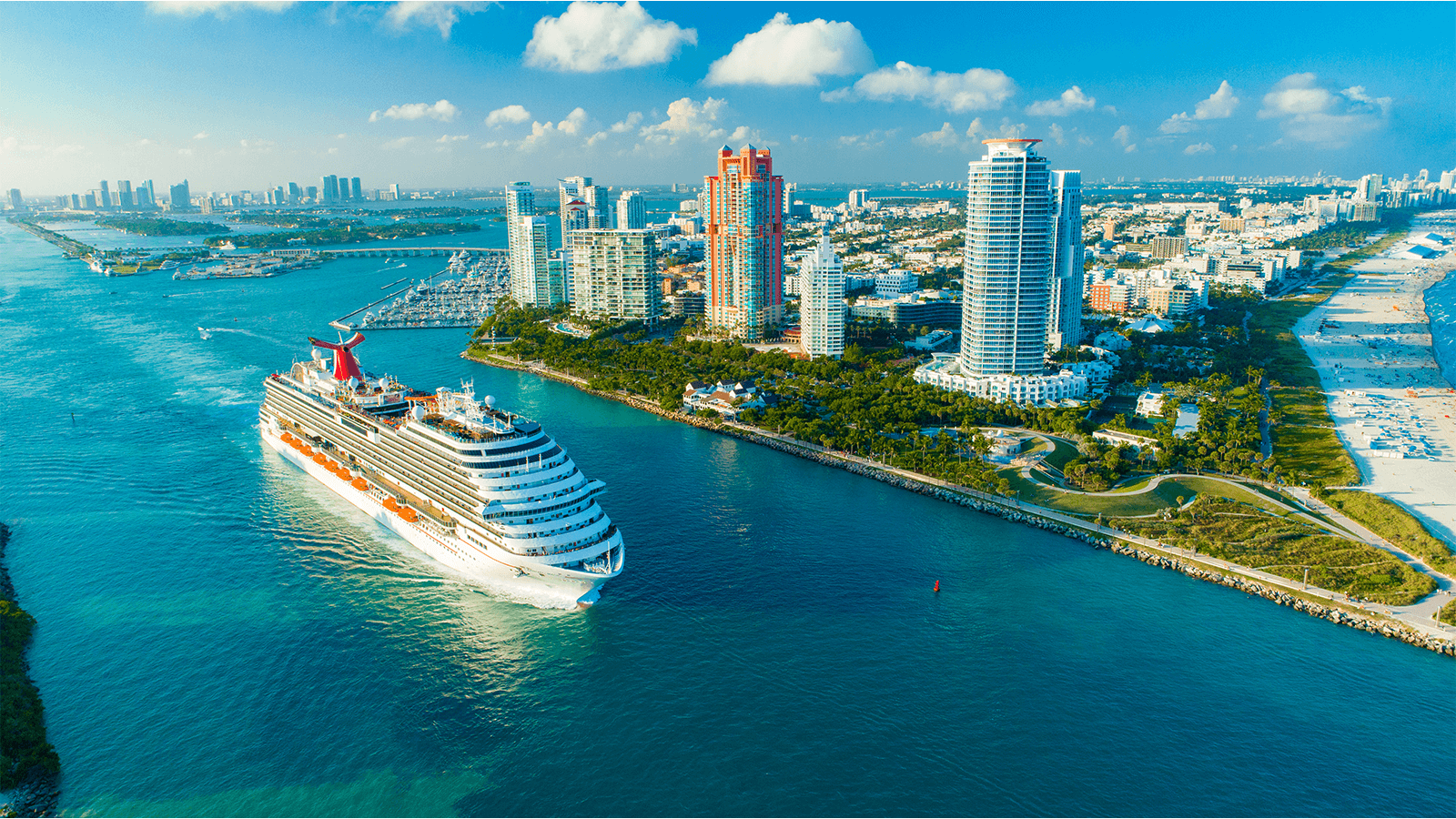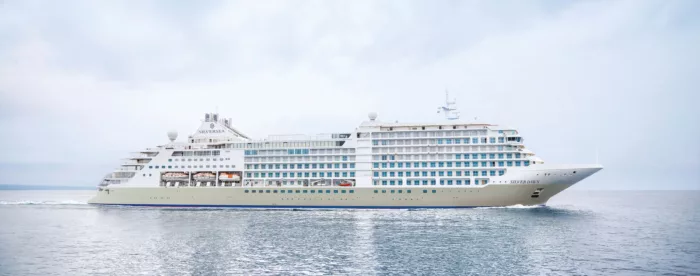Silversea Cruises
Wellness should be about balanced indulgence, not self-sacrifice - that's the philosophy behind Silversea's new programme called Otium, named after the Roman leisure time dedicated to bathing, talking, singing, drinking, eating and relaxing. The easygoing regime includes a 24-hour room-service menu of comfort food, as well as new spa treatments, relaxing baths and hot chocolate served on your balcony.
254
Passengers
212
Crew
1994
Launched
2017
Last refit
17400t
Tonnage
155m
Length
21m
Width
18kts
Speed
7
Decks
USD
Currency
Cruise Itinerary
Day 1
Lautoka, Fiji
Day 2
Leleuvia Island, Fiji
Day 3
Fulaga Island, Fiji
Day 4
Uoleva Island, Tonga
Day 5
Neiafu, Tonga
Day 6
Niuatoputapu, Tonga
Day 7
At Sea
Relax and make the most of the myriad of facilities available on board the ship, from fantastic entertainment to delicious and diverse dining options.
Day 8
Aitutaki, Cook Islands
Day 9
Palmerston Island, Cook Islands
Day 10
At Sea
Relax and make the most of the myriad of facilities available on board the ship, from fantastic entertainment to delicious and diverse dining options.
Day 11
Bora-Bora, French Polynesia
Day 12
Papeete, Tahiti, French Polynesia

Day 1
Lautoka, Fiji

Day 2
Leleuvia Island, Fiji

Day 3
Fulaga Island, Fiji

Day 4
Uoleva Island, Tonga

Day 5
Neiafu, Tonga

Day 6
Niuatoputapu, Tonga

Day 7
At Sea

Day 8
Aitutaki, Cook Islands

Day 9
Palmerston Island, Cook Islands

Day 10
At Sea

Day 11
Bora-Bora, French Polynesia

Day 12
Papeete, Tahiti, French Polynesia
Ship Details

Silversea Cruises
Silver Cloud
Silver Cloud is the first hybrid ship in our fleet and brings the remote and remarkable to you in ultra-luxurious comfort. Her large suites, destination itineraries and unparalleled service make her truly special.
Cabins
All Prices



















